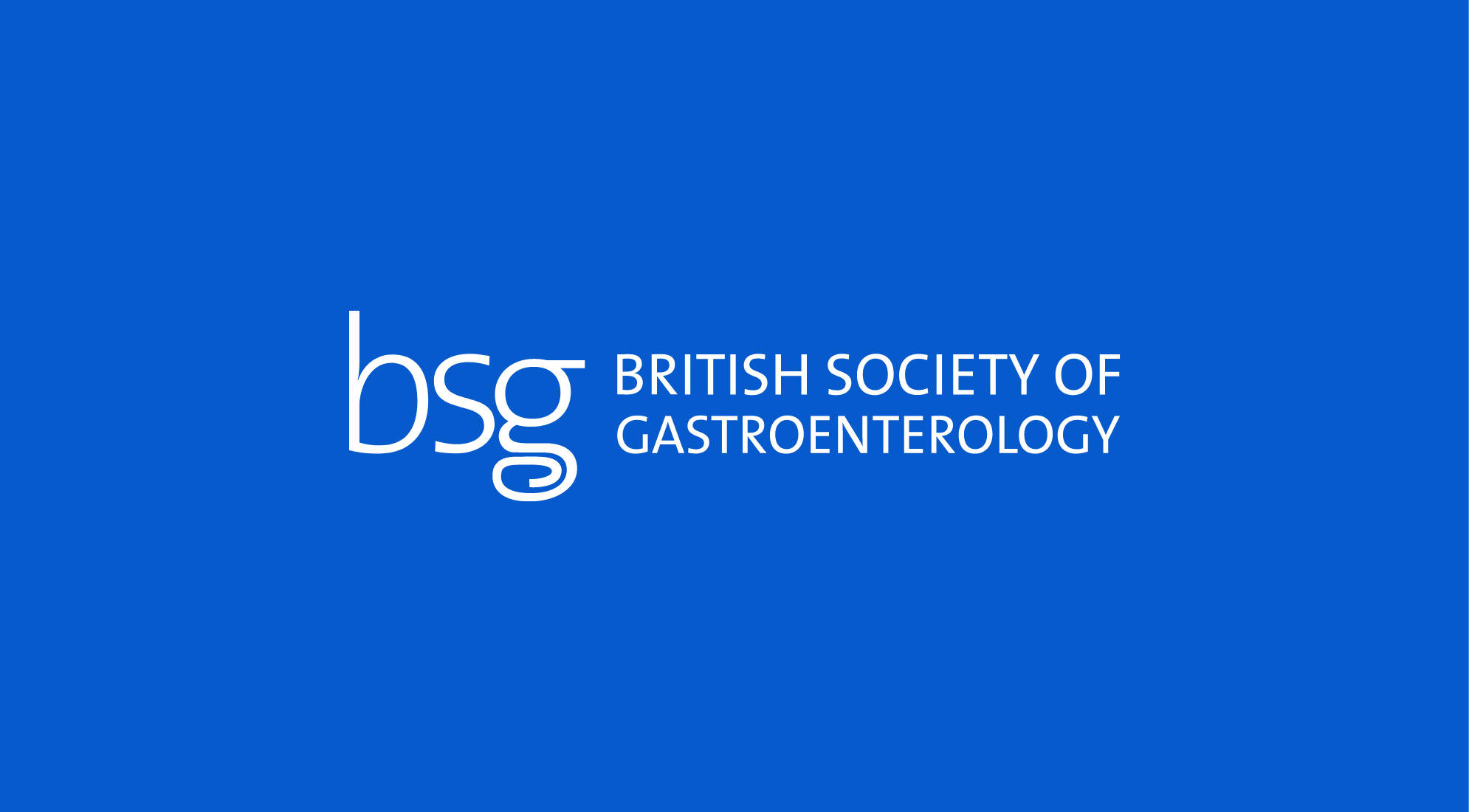BSG-endorsed British Society for Haematology (BSH) guidelines on haemochromatosis
Genetic haemochromatosis (GH) is one of the most frequent genetic disorders found in Northern Europeans. GH is a condition caused by continued absorption of iron from the upper small intestine, despite normal, and then increased, total body iron. This leads to accumulation of iron in the tissues as the body has no means of getting rid of excess iron.
In advanced disease, iron accumulation causes widespread tissue damage, including diabetes mellitus and cirrhosis. The disorder is inherited in autosomal recessive fashion. The gene involved lies close to the HLA-A region on chromosome 6. This updated guideline follows on from the previously published guideline commissioned by the British Committee for Standards in Haematology in February 2000 (Dooley & Worwood, 2000). This review and updated guidance coincides with the development of a separate guideline on the investigation and management of a raised serum ferritin, also commissioned by the BSH guidelines committee.
Read More

